The 2026 Winter Olympic torches let the flame steal the show
The torches designed for Milano Cortina 2026, next year’s Olympic and Paralympic Winter Games in Italy, were made in service of the flame. Named Essential, the reusable, ultra-minimalist torch has a flared, open-top design meant to show viewers how the flame is generated because “what’s important isn’t the torch, but the flame,” Italian architect and engineer Carlo Ratti tells Fast Company. The design is meant to showcase the flame in motion. “The open-top design is crucial to how the flame comes to life,” explains Ratti, who designed the torch with his eponymous firm, Studio Carlo Ratti Associati. The torches were developed by Eni and Versalis, both official supporters of the Games, and the Italian manufacturer Cavagna Group engineered their production. Each torch has an air intake near the upper cone that allows oxygen to mix with bio-gas, “generating a warmer, more natural yellow flame—one that aligns with the Olympic spirit far better than the cold, blue flame of many torches,” he says, adding that it was tested in wind tunnels and real-time trials. “When the torch is in motion, that same openness helps produce what we call the ‘flag flame,’ a dynamic, horizontal flame that trails behind the torchbearer while running,” Ratti says. [Photo: Courtesy of Milano Cortina 2026 Olympics] The 2026 Games bills itself as the most widespread ever, since it’s the first Olympic Winter Games to be named for two cities, Milan and Cortina, and will be held across multiple regions in northern Italy. That’s a geographically big Olympics, but the design of the Essential torches communicates an opposite message of minimalism, of doing more with less. The torches are lightweight, about 2 pounds each without their fuel canisters, which can be refilled and reused as many as 10 times. That reduces the overall number of torches that need to be produced for the 63-day Olympic Torch Relay, which begins this November 26, ahead of the Opening Ceremony on February 6, 2026. The torches’ burners run on fuel made from renewable materials like cooking oil, and they’re made with recycled aluminum and brass alloy coated with a reflective, iridescent finish in two hues—a turquoise blue for the Olympic Games and a lustrous bronze for the Paralympics. [Photo: Courtesy of Milano Cortina 2026 Olympics] The accoutrements of the modern Olympic Games give host cities the chance to show off their culture, industries, and style. That’s a unique opportunity to showcase a state’s heritage on a global stage, such as the Paris 2024 medals, which included pieces of the Eiffel Tower. But it also puts a magnifying glass on design mishaps—such as those same medals having to be replaced due to deterioration. For northern Italy, the Games are a chance to show off Milan’s status as a world leader in design. The torches were unveiled at both the Triennale di Milano, an art and design museum in Milan, and the Italian Pavilion in Expo 2025 Osaka in Japan. Raffaella Paniè, director of brand, identity, and the “Look of the Games” for Milano Cortina 2026, says the torches are named Essential because they make the most of the bare minimum, allowing the flame to steal the show. This same minimalist approach is setting the stage for the rest of the Games’s aesthetics. “If we consider Italian design, in line with our Italian spirit and wanting our brand to be vibrant, dynamic, and contemporary, we can expect future design elements, such as medals and the podium, to also reflect this aspect,” she says.
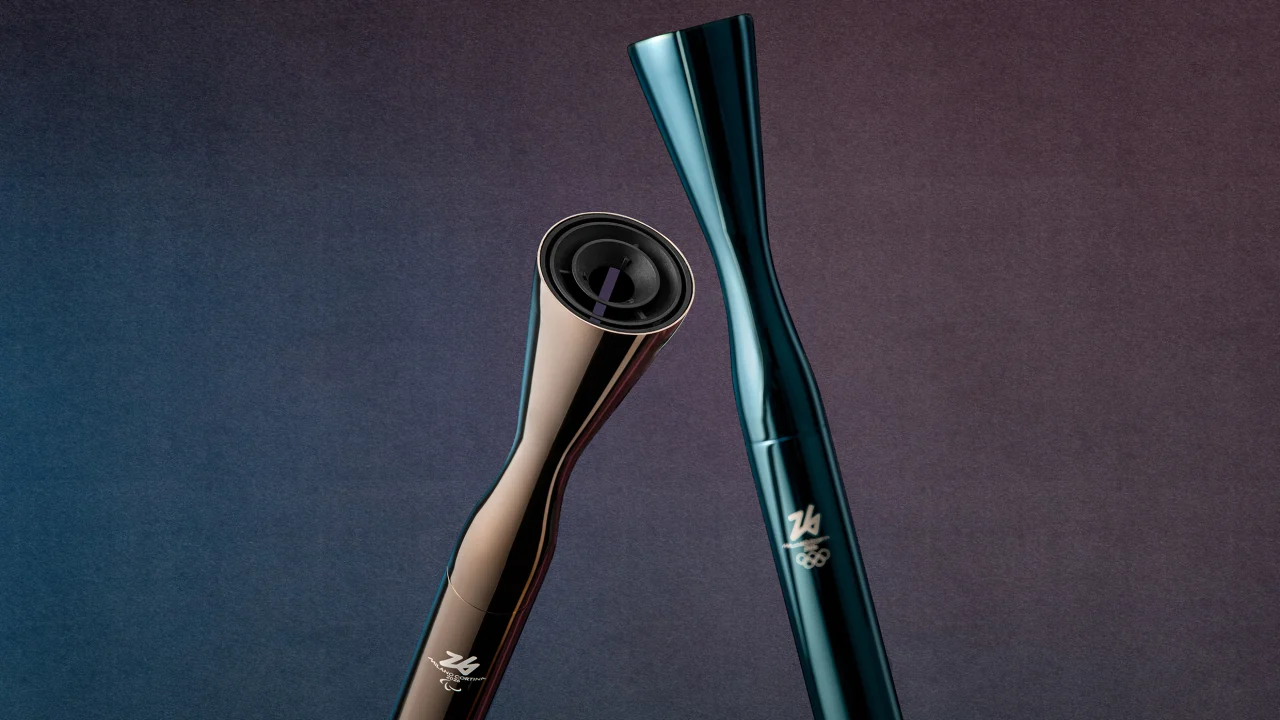
The torches designed for Milano Cortina 2026, next year’s Olympic and Paralympic Winter Games in Italy, were made in service of the flame.
Named Essential, the reusable, ultra-minimalist torch has a flared, open-top design meant to show viewers how the flame is generated because “what’s important isn’t the torch, but the flame,” Italian architect and engineer Carlo Ratti tells Fast Company.
The design is meant to showcase the flame in motion. “The open-top design is crucial to how the flame comes to life,” explains Ratti, who designed the torch with his eponymous firm, Studio Carlo Ratti Associati. The torches were developed by Eni and Versalis, both official supporters of the Games, and the Italian manufacturer Cavagna Group engineered their production.
Each torch has an air intake near the upper cone that allows oxygen to mix with bio-gas, “generating a warmer, more natural yellow flame—one that aligns with the Olympic spirit far better than the cold, blue flame of many torches,” he says, adding that it was tested in wind tunnels and real-time trials.
“When the torch is in motion, that same openness helps produce what we call the ‘flag flame,’ a dynamic, horizontal flame that trails behind the torchbearer while running,” Ratti says.
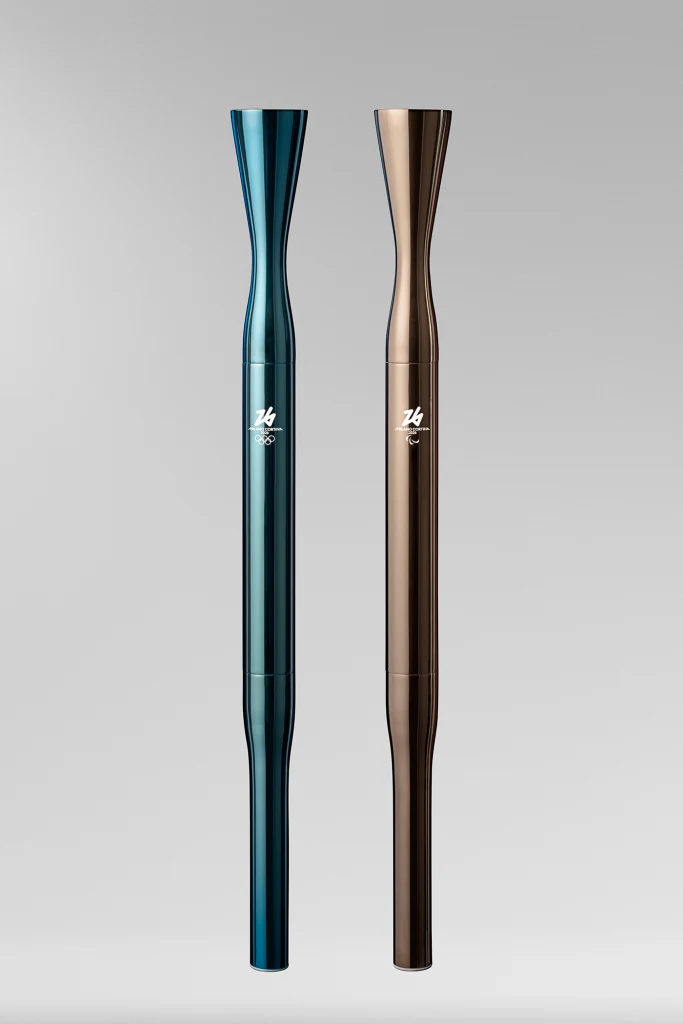
The 2026 Games bills itself as the most widespread ever, since it’s the first Olympic Winter Games to be named for two cities, Milan and Cortina, and will be held across multiple regions in northern Italy. That’s a geographically big Olympics, but the design of the Essential torches communicates an opposite message of minimalism, of doing more with less.
The torches are lightweight, about 2 pounds each without their fuel canisters, which can be refilled and reused as many as 10 times. That reduces the overall number of torches that need to be produced for the 63-day Olympic Torch Relay, which begins this November 26, ahead of the Opening Ceremony on February 6, 2026.
The torches’ burners run on fuel made from renewable materials like cooking oil, and they’re made with recycled aluminum and brass alloy coated with a reflective, iridescent finish in two hues—a turquoise blue for the Olympic Games and a lustrous bronze for the Paralympics.
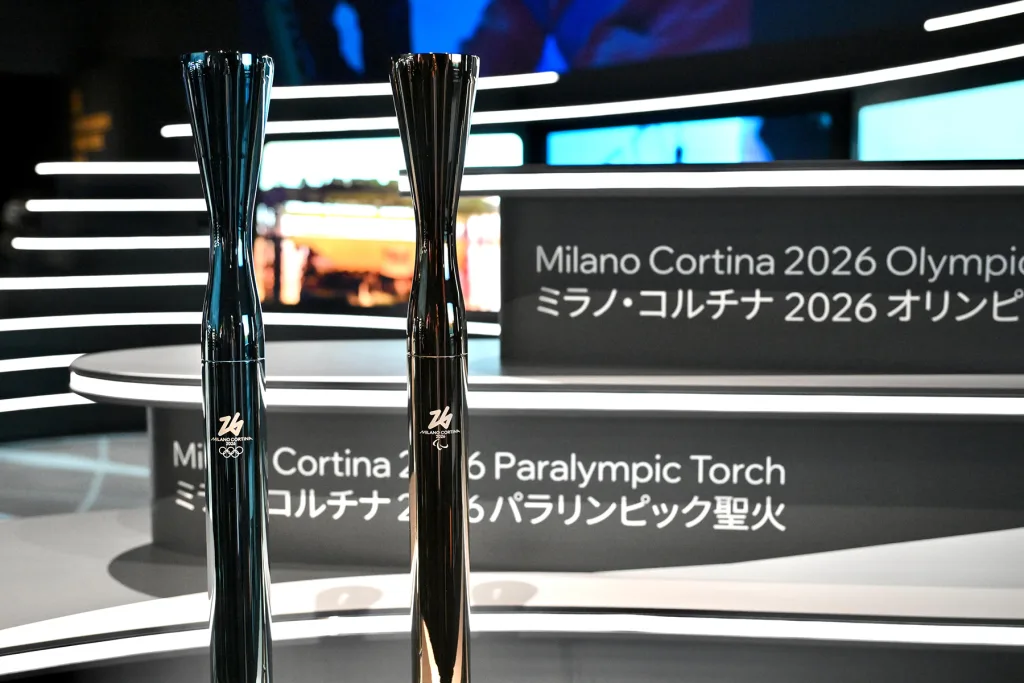
The accoutrements of the modern Olympic Games give host cities the chance to show off their culture, industries, and style. That’s a unique opportunity to showcase a state’s heritage on a global stage, such as the Paris 2024 medals, which included pieces of the Eiffel Tower. But it also puts a magnifying glass on design mishaps—such as those same medals having to be replaced due to deterioration.
For northern Italy, the Games are a chance to show off Milan’s status as a world leader in design. The torches were unveiled at both the Triennale di Milano, an art and design museum in Milan, and the Italian Pavilion in Expo 2025 Osaka in Japan.
Raffaella Paniè, director of brand, identity, and the “Look of the Games” for Milano Cortina 2026, says the torches are named Essential because they make the most of the bare minimum, allowing the flame to steal the show. This same minimalist approach is setting the stage for the rest of the Games’s aesthetics.
“If we consider Italian design, in line with our Italian spirit and wanting our brand to be vibrant, dynamic, and contemporary, we can expect future design elements, such as medals and the podium, to also reflect this aspect,” she says.





























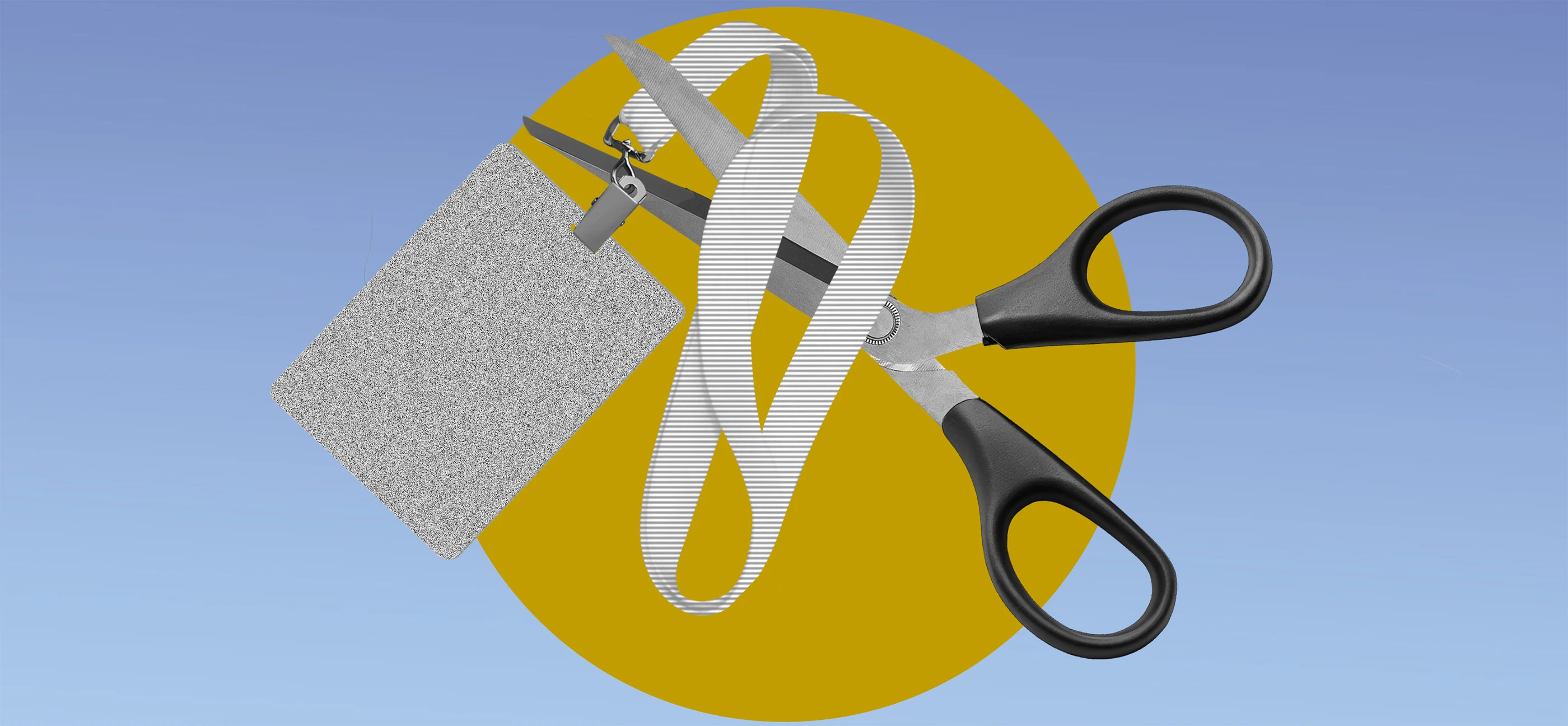
































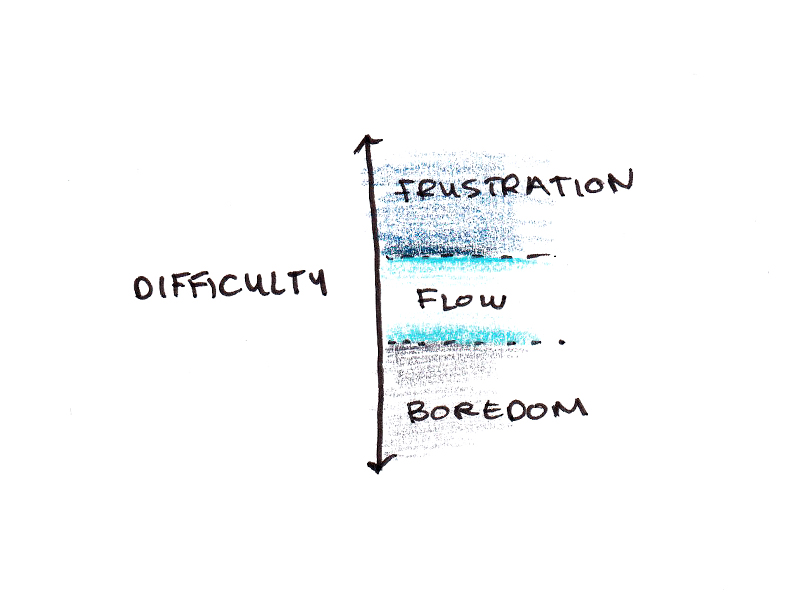





































![Building A Digital PR Strategy: 10 Essential Steps for Beginners [With Examples]](https://buzzsumo.com/wp-content/uploads/2023/09/Building-A-Digital-PR-Strategy-10-Essential-Steps-for-Beginners-With-Examples-bblog-masthead.jpg)





![How One Brand Solved the Marketing Attribution Puzzle [Video]](https://contentmarketinginstitute.com/wp-content/uploads/2025/03/marketing-attribution-model-600x338.png?#)

































